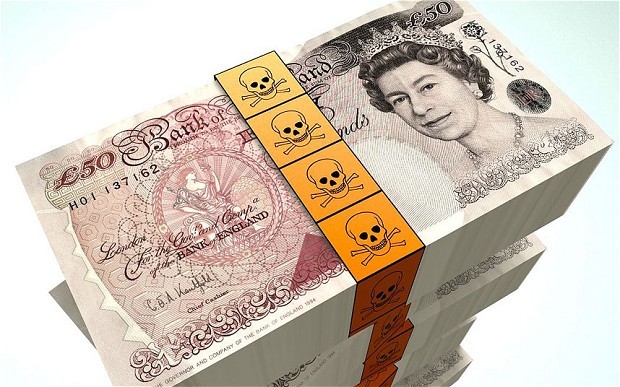Why We Put Up With RockBottom CD Rates
Post on: 16 Март, 2015 No Comment

Highlights
- Plentiful demand for risk-free investments, such as CDs, forces rates lower.
- Interest rates are at the bottom of a 30-year market cycle.
- Short-term CD rates depend on how the Fed manages the federal funds rate.
Once upon a time in America, people could purchase long-term bank certificates of deposit, or CDs, that paid interest rates of 10 percent or more per year.
That might sound like a fairy tale, but in fact it’s true. In the mid-1980s, five-year CD rates topped out near 12 percent, according to a Bankrate CD rate chart of national averages.
However, long-term CD rates have tumbled since then so precipitously that investors today can find five-year CDs with rates ranging from less than 0.5 percent to perhaps 2.35 percent at best at some credit unions. The typical payout for a five-year jumbo CD ($100,000 or more) is 1.6 percent to 1.8 percent, a premium of about 1 percent compared with shorter-term CD rates, according to Bankrate’s data.
Low CD rates
Investors might well wonder why long-term CD rates are so low and why the premium for a longer term is so small. Arlen Olberding, founder of Guidepost Financial Planning in Fort Collins, Colo. suggests some trends that affect CD rates.
- The Federal Reserve has dropped its target short-term rates to record lows, putting the squeeze on longer-term rates as well.
More On CDs:
CDs
- Plentiful demand for risk-free investments, such as CDs, forces rates lower in a classic supply-and-demand scenario.
- The U.S. is still perceived as a safe haven for investment compared with other countries.
- Bank reserves are at an all-time high, so banks have little need to attract additional deposits.
- Interest rates are at the bottom of a 30-year market cycle, though the trend line will reverse sooner or later.
The benchmark Treasury has dropped under 2 percent, and that hasn’t happened since the 1940s. There is nowhere for rates to go except sideways or most likely up, Olberding says.
On the positive side, CDs still offer what Olberding calls an interest-rate kicker that banks add on to compete with the allure of virtually risk-free Treasuries, which pay just a little less than most CDs.
Purpose of cash
Investors who aren’t happy with low CD yields — and who would be — should weigh the intended purpose of their cash position before they rush into alternatives, Olberding says. Two common long-term cash goals are to avoid risk of any loss and to build up emergency savings. For those purposes, Olberding recommends short-term money market accounts, rather than CDs, regardless of the time horizon.
The key is safety, he says. You’re only earning 1 percent or 1.5 percent, but you haven’t lost 5 percent or 10 percent like you could in the market.
That advice might seem surprising, but Olberding says long-term jumbo CDs have limited appeal.
Featured Rates
The only people I can think of (who need long-term jumbo CDs) are those who have large cash reserve needs, he says. They have a higher income, so their six, nine or 12 months’ emergency savings is more like $100,000 or $200,000.
Two other possibilities might be saving for near-term college tuition expenses or accumulating a down payment to purchase a home.
Risk intolerance
Justin Krane, president of Krane Financial Solutions, a financial planning firm in Los Angeles, also has some suggestions for investors who are fed up with low long-term CD rates, yet can’t tolerate any risk.
- Track rate indicators. Short-term CD rates depend largely on how the Federal Reserve manages the benchmark federal funds rate, which is expected to be kept low though late 2014. On the other hand, long-term CD rates are more about inflation, including both the current pace and the future outlook or expectations. The bond market and 10-year Treasuries can be good indicators of inflation trends, Krane says.
- Watch out for risk. Some investors abandon CDs and instead buy dividend-paying stocks, preferred stocks, preferred-stock funds, junk bond funds, emerging-market bond funds or floating-rate bond funds to chase higher yields. But Krane points out that those investments aren’t apples-to-apples substitutes for CDs due to their higher risk profiles.
If you’re going to buy a CD, buy a CD, he says. If you want exposure to the stock market, buy the stock market.














